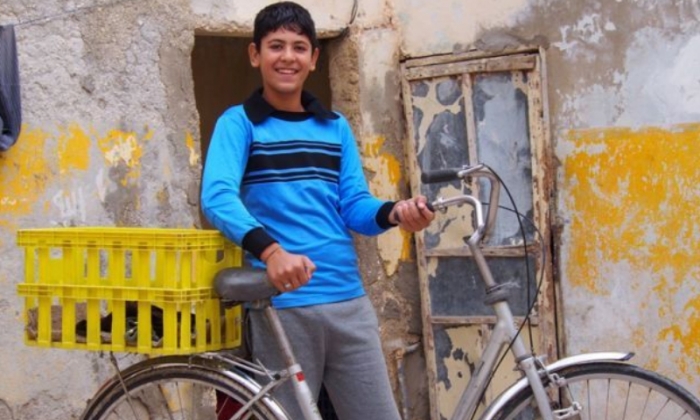The Geneva-based Euro-Mediterranean Human Rights Monitor and the Syrian Network for Human Rights from London issued a joint report on Thursday, May 26, on the phenomenon of Syrian child labor in Jordan.
The number of Syrian children currently working in Jordan exceeds 60,000 according to the report, which indicated that they suffer from harsh conditions that do not stop at low wages or working for long and difficult hours, but extend to sometimes being subjected to exploitation, violence, and dangerous working conditions, with weakness in government oversight and accountability.
Weariness of the Young
The report, which came under the title “Weariness of the Young: Syrian Refugee Child Labor in Jordan,” said that 51.4 percent of Syrian refugees (about 1.3 million) were children, so some 668,000 children, in addition to 41 percent of refugees of Palestinian-Syrian origin (16,000 refugees) who are also children, a total of 6,560 children.
The report said the reasons behind Syrian child labor in Jordan were various, most prominently, “high cost of living… only about 10 percent of the refugees are eligible for cash assistance from the United Nations High Commissioner for Refugees (UNHCR).”
Many families suffer from losing the breadwinner, according to the report, which said that 30 percent of the Palestinian-Syrian families in Jordan are headed by women.
The report, which came with the approach of the international day for fighting child labor on June 12 noted that these children suffer from harsh conditions during their work, and are forced to work for long hours which exceed eight hours a day, while 80 percent of them are unable to take leave, and work for low wages of between 90-150 Jordanian dinar a month ($127-$211), which is much lower than the minimum wage.
Work Injuries Require Medical Intervention
According to international statistics, the report said that 36.9 percent of a sample of 368 Syrian children working in Jordan had sustained work injuries that required medical attention, while it said that 24 percent of the children who work in the Zaatari camp are not paid for their work, and 15 percent have been subjected to physical violence during their employment.
The two organizations said that despite the Jordanian law that forbids labor for children under 16 years old, “it has not been implemented on the ground due to weak government oversight, shortage of inspectors and lack of effective penalties for those who employ and exploit children.”
Recommendations
The report in its conclusion recommended that the Jordanian government allocate inspectors to identify cases of child labor, impose penalties on employers who are employing and exploiting children, while issuing annual statistics to ease monitoring of the crisis, and ease the process for Syrians to obtain work permits, and treat Palestinian-Syrians in Jordan the same as their Syrian counterparts.
It called for international organizations working in the refugee sector to intensify their role in fighting Syrian child labor in Jordan and give sufficient support to the official agencies and refugees themselves to cover their necessary basic expenses of life and provide a program of alternative education for children.
This article was translated and edited by The Syrian Observer. Responsibility for the information and views set out in this article lies entirely with the author.


